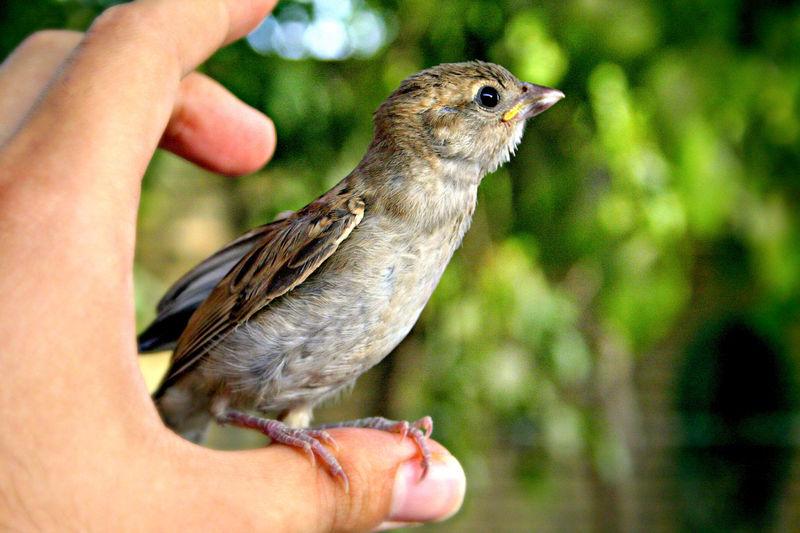When it comes to the world of science, discoveries and breakthroughs are made every day. To help you keep up with them, The Battalion compiles a few of the most compelling scientific stories from the past week.
Paleontology: Two newly discovered dinosaurs link a lineage of predators between 90 and 160 million years ago
Discovered in Northwest China, scientists have found two new alvarezsaurian dinosaurs that helps connect the lineage of this species of dinosaurs to members of the theropod lineage, which includes birds. The two new alvarezsaurs, Xiyunkus and Bannykus, fill in a 70 million year gap in the cretaceous period which was missing, as evolutionary changes occured in the forelimbs of these creatures.
The specialized alvarezsaurian forelimbs evolved slowly over the period and went from a long arm and three-digit grasping hand form to a short, one-digit type digging hand, which looks closer to the way flightless birds were beginning to look in the years after.
Neuroscience: New type of brain cell has been discovered in humans
Adding to the brain’s collection of different cells, scientists have discovered a new type of neuron which is present in humans, but not found when the same tests that are done on mice. When scientists sliced human brain tissue apart to inventory the different types of brain cells, “Rosehip neurons” were found in the top layer of the cortex — the outermost layer surrounding the brain.
While scientists have yet to discover what functions these neurons perform, the neurons don’t match any other cell seen in a mouse. After collecting data on the cells’ gene expression, scientists said they believe these neurons could control certain brain functions which separate people from the mice being tested.
Animal Science: Scientists discovered how birds see the Earth’s magnetic fields
Researchers discovered that birds navigate the world around us through a protein in their eyes that allows them to see the magnetic fields on Earth. The protein, called Cry4, is part of a selection of proteins called cryptochromes. The photoreceptors are sensitive to blue light and play a role in helping a bird’s eyes orient themselves by being able to detect the magnetic fields.
A bird senses magnetic fields when certain wavelengths of light are available, so the discovery of Cry4 leads the scientists to believe that this detection of magnetic fields can be dependent on the blue light available to hit the cryptochromes. While more research needs to be done to see how birds with non-functioning Cry4 proteins fly in normal conditions, other research done on a protein called Cry1 has also been connected to the ability to detect magnetic fields in garden warblers.
Brains, dinosaurs and birds: This week in science
September 5, 2018
Photo by Creative Commons
Amid increased conservation efforts and wildlife preservation, College Station has been designated as a Bird City. (Photo via Creative Commons)
0
Donate to The Battalion
$1765
$5000
Contributed
Our Goal
Your donation will support the student journalists of Texas A&M University - College Station. Your contribution will allow us to purchase equipment and cover our annual website hosting costs, in addition to paying freelance staffers for their work, travel costs for coverage and more!
More to Discover










